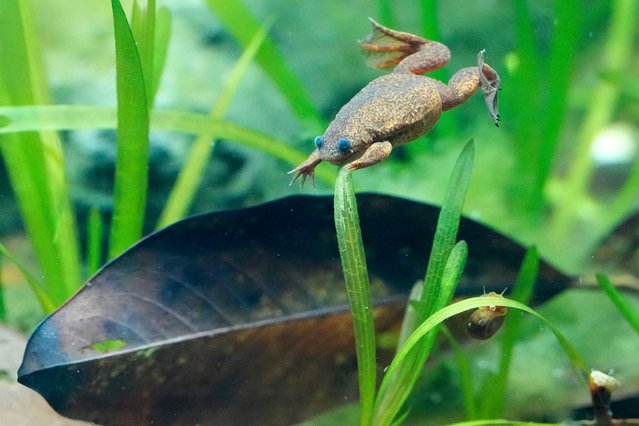
A Lake Oku Clawed Frog at London Zoo's new experience, The Secret Life of Reptiles and Amphibians ahead of its opening to the public on Friday March 29, in London, Monday, March 25, 2024. (Photo by Kirsty Wigglesworth/AP Photo)
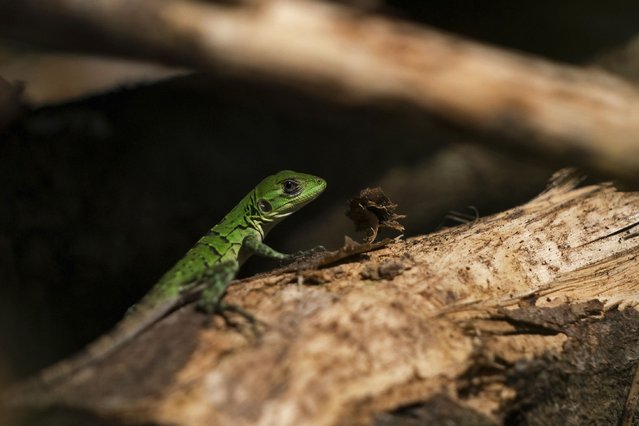
A lizard crawls on a tree that was cut to make way for the construction of the Maya Train project in Akumal, Quintana state Roo, Mexico, Tuesday, August 2, 2022. (Photo by Eduardo Verdugo/AP Photo)
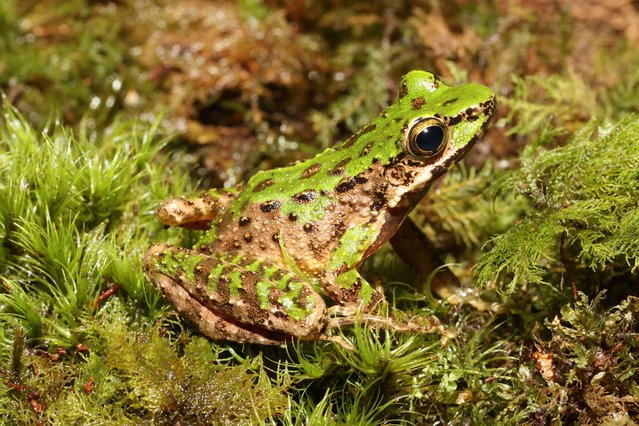
Introducing Odorrana leishanensis, a new species of odorous frog that has August 2023 discovered in south-west China. As the name suggests, these amphibians have a characteristic smell which has been likened to rotten fish. But herpetologists are finding it’s worth holding their noses to study these frogs: their skin is unusually rich in antibacterial substances, with potential implications for medical science. (Photo by Xinhua News Agency/Rex Features/Shutterstock)
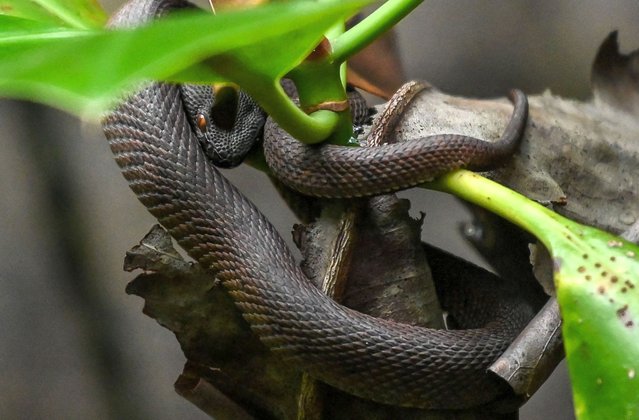
A young mangrove viper curls around a branch of a mangrove tree at Pasir Ris park in Singapore on December 5, 2022. (Photo by Roslan Rahman/AFP Photo)
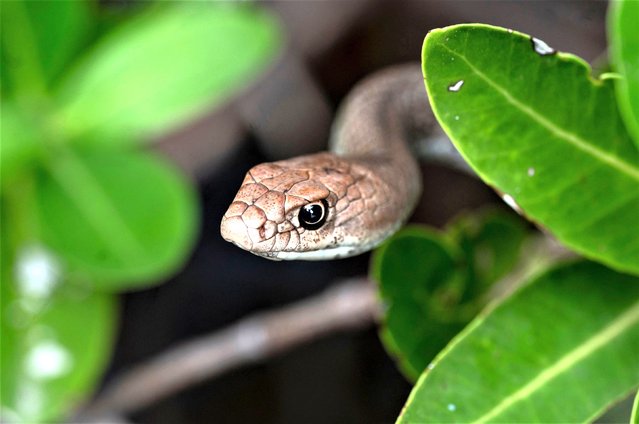
A Montpellier Snake (Malpolon monspessulanus) is seen in a mangrove swamp at Laguna de La Restinga National Park during a guided tour for Russian tourists in Isla Margarita, Nueva Esparta state, Venezuela, on November 24, 2022. Russian tourists find a place to spend their holidays in political ally Venezuela. Since the beginning of the war and due to sanctions, there have been very few places Russians can visit. One of the remaining ones is the Caribbean island of Margarita. (Photo by Yuri Cortez/AFP Photo)
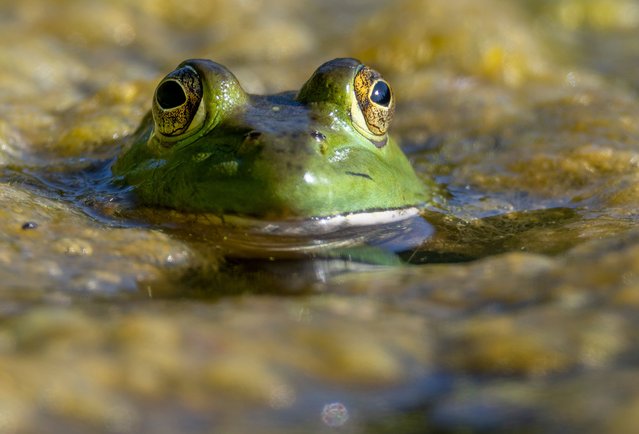
A bullfrog floats in a bed of algae along the bank of the Umpqua River near Elkton in southwestern Oregon on August 11, 2022. Bullfrogs are considered an invasive species in Oregon and are know for eating native frogs and and other animals. (Photo by Robin Loznak/ZUMA Press Wire/Rex Features/Shutterstock)
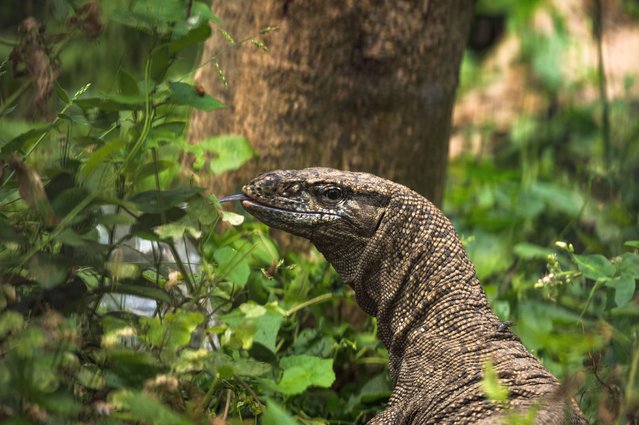
A Bengal monitor or common Indian monitor (Varanus bengalensis) is a large lizard that is mainly terrestrial. A portrait of a monitor lizard from the forest at Tehatta, West Bengal; India on April 10, 2022. (Photo by Soumyabrata Roy/NurPhoto via Getty Images)
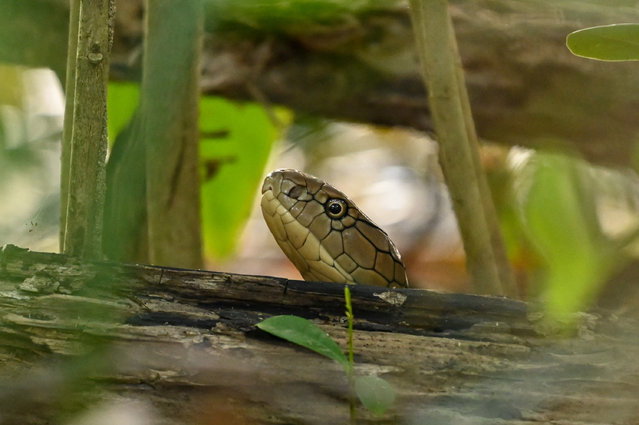
A king cobra peers out behind a tree trunk at Sungei Buloh wetland reserve in Singapore on October 2, 2023. (Photo by Roslan Rahman/AFP Photo)
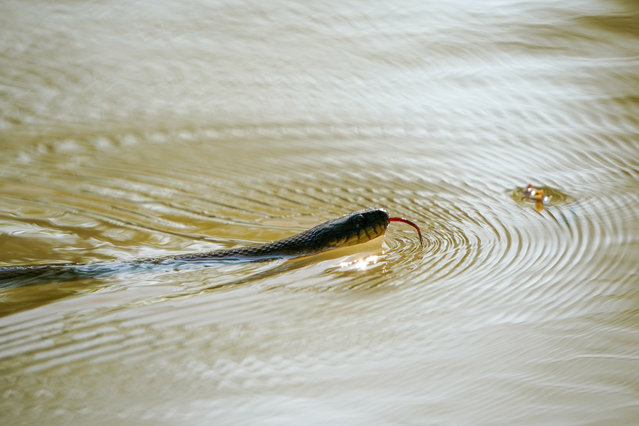
A snake is moving across the surface of the water just after sunrise at the Oxbow Nature Conservancy in Lawrenceburg, Indiana, on May 13, 2024. (Photo by Jason Whitman/NurPhoto/Rex Features/Shutterstock)
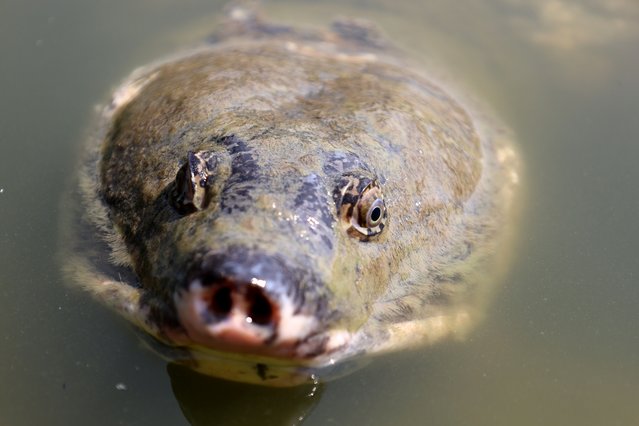
Black softshell turtle or Bostami turtle (Nilssonia nigricans), extremely rare and critically endangered species of tortoise is seen in a pond in Chittagong, Bangladesh on March 1, 2022. For decades, the breeding grounds have shrunk and their habitat has been threatened by habitat pollution. Through conservation methods and protection of the species, some of these turtles can be found today throughout the wild, and scientists and environmental biologists are continuing to work hard to preserve this endangered species and their natural habitat. (Photo by Mohammad Shajahan/Anadolu Agency via Getty Images)
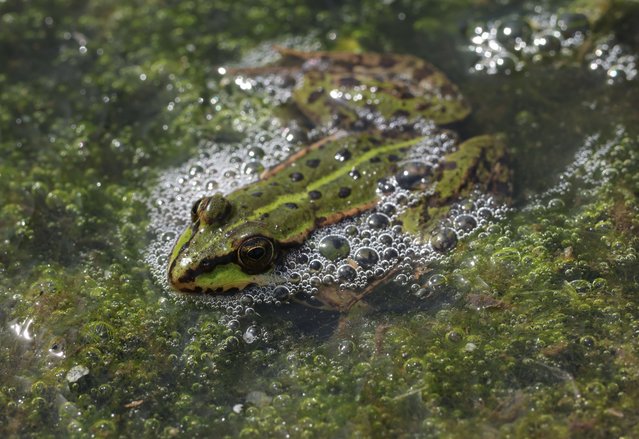
A water frog (Pelophylax esculentus) lies in the marsh of an approximately 300 hectares rewetted portion of the Sernitzmoor peatland on May 31, 2023 near Greiffenberg, Germany. The Succow Stiftung, a German foundation devoted to international peatland restoration, has been rewetting the Sernitzmoor in an ongoing effort since 2014 as part of a project called “toMOORow”, which seeks to both reap the climate change benefits from peatland rewetting as well as provide commercial opportunity to local farmers and businesses. Peatland marshes are a highly efficient carbon sink, though large tracts across Europe have been drained over the centuries to make way for animal grazing and crops. Once dry and exposed to oxygen, peat become a powerful emitter of greenhouse gases. In Germany 7% of agricultural land is based on peatland, yet it accounts for 37% of Germany's agricultural greenhouse gas emissions. Rewetting stops the emissions and creates potential for paludiculture, marsh-based agriculture that includes water buffalo for their meat, cattail for insulation and reed pellets for paper. (Photo by Sean Gallup/Getty Images)
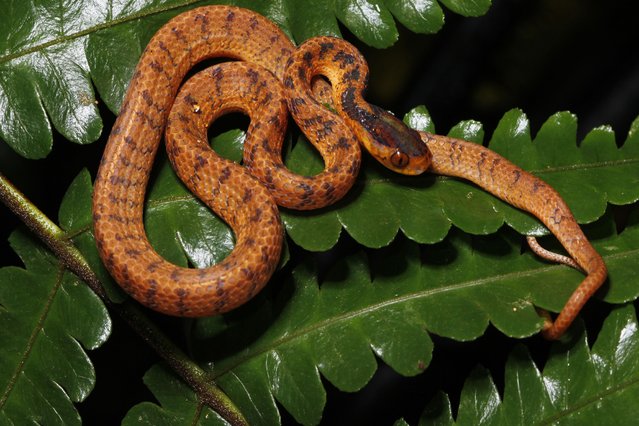
In this undated photo, a twin slug snake rests on a leaf. The twin slug snake is among 224 new species listed in the World Wildlife Fund's latest update on the Mekong region. The conservation group's report released Wednesday, January 26, 2022, highlights the need to protect the rich biodiversity and habitats in the region, which includes Vietnam, Cambodia, Laos, Thailand and Myanmar. (Photo by World Wildlife Foundation via AP Photo)
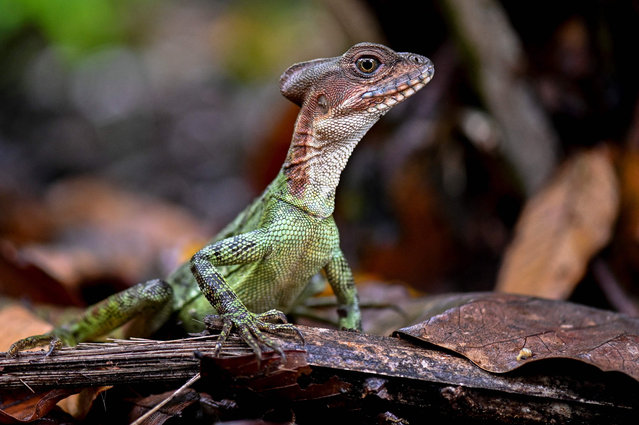
A helmeted basilisk (Basiliscus galeritus) is seen in Gorgona Island, where an infamous prison used to work, in the Pacific Ocean off the southwestern Colombian coast, on December 1, 2021. (Photo by Luis Robayo/AFP Photo)
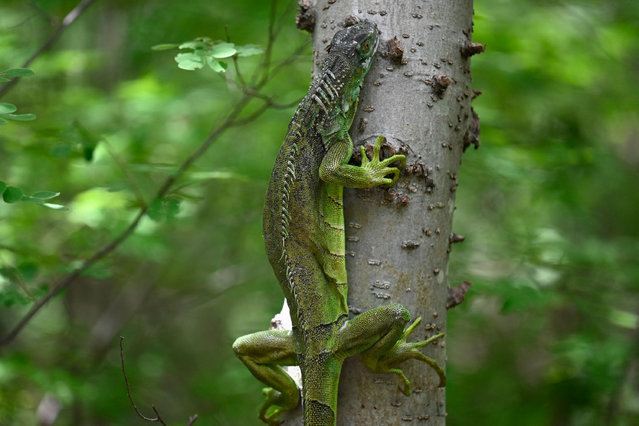
An iguana is seen at the “Niño Dormido” Municipal Regional Park, in Cabanas, Guatemala, on July 11, 2022. (Photo by Johan Ordonez/AFP Photo)
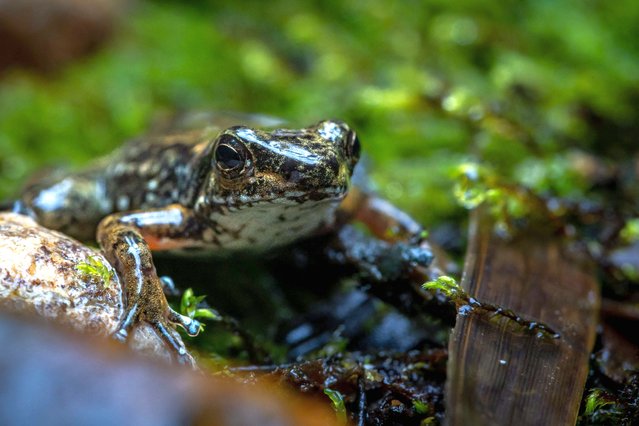
View of an individual of a new species of rocket frog (Ectopoglossus sp nov) at the Velo de Novia waterfall, in the Junin community, Imbabura province, Ecuador, on April 29, 2022. Two frog species are the protagonists of a fight to save a forest in Ecuador from the eventual destruction caused by the powerful mining industry. (Photo by Cristina Vega Rhor/AFP Photo)
26 May 2024 04:02:00,
post received
0 comments
